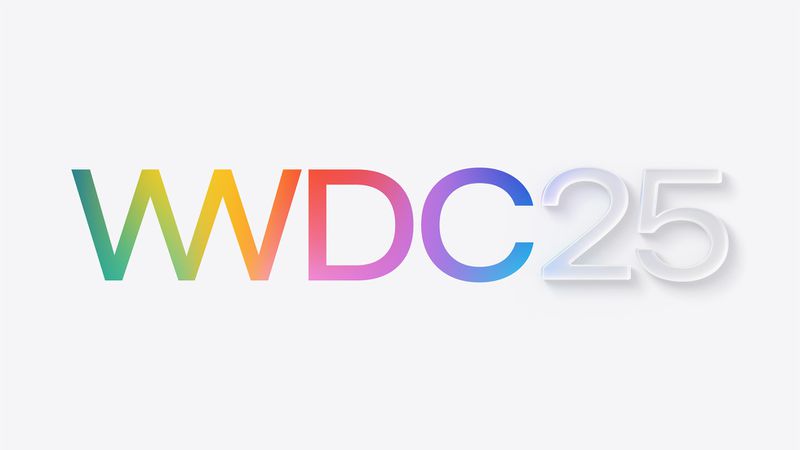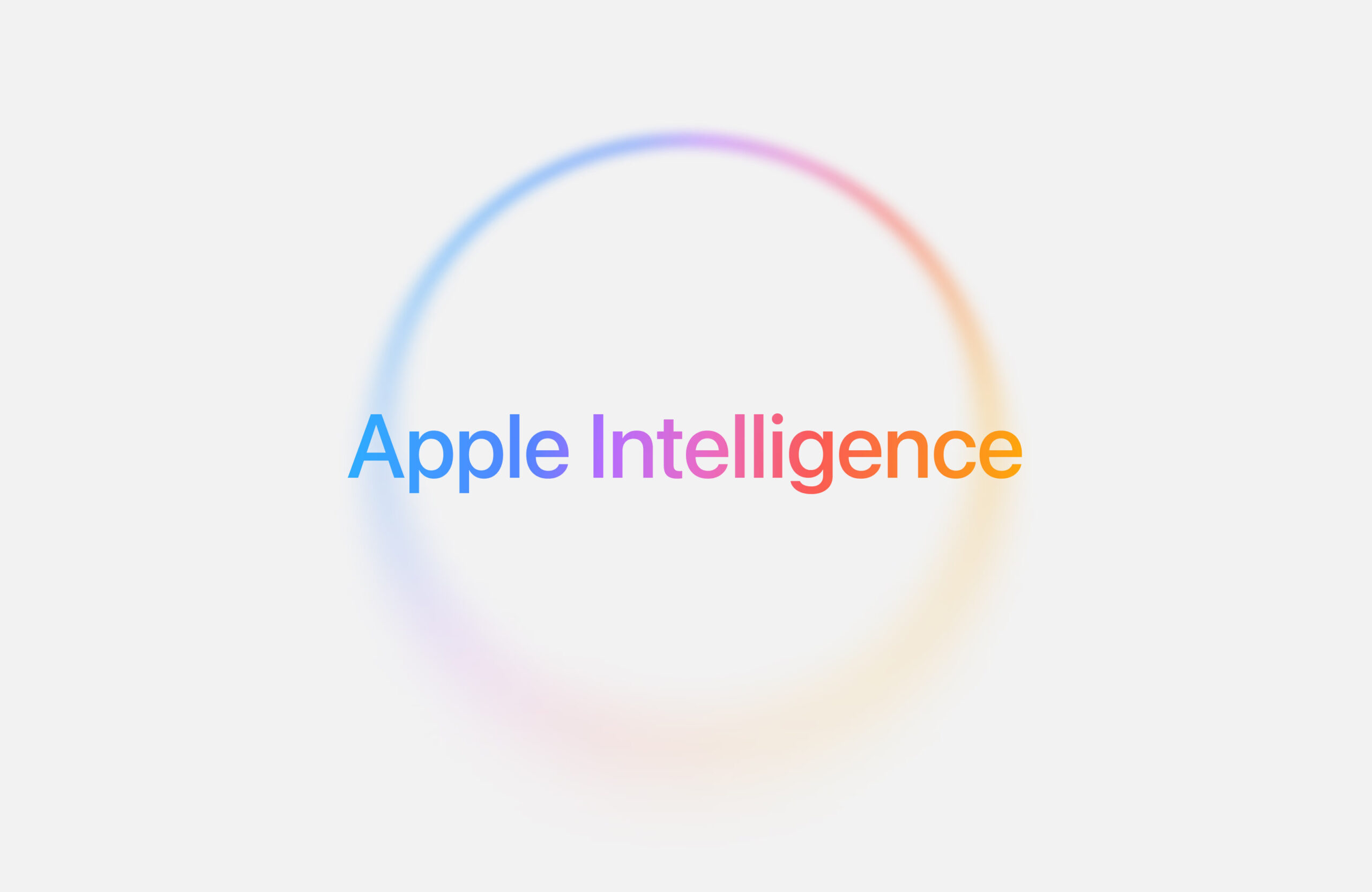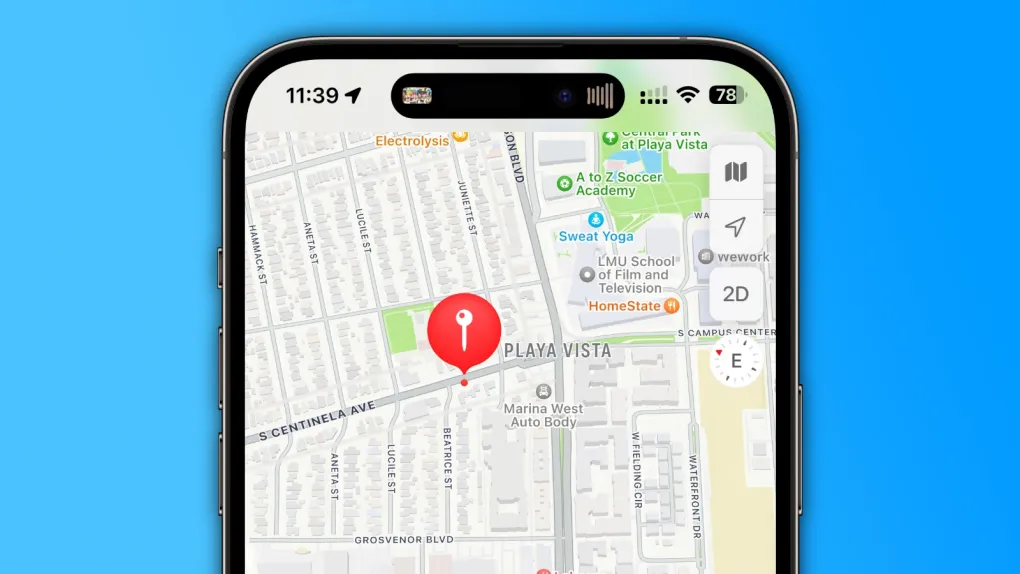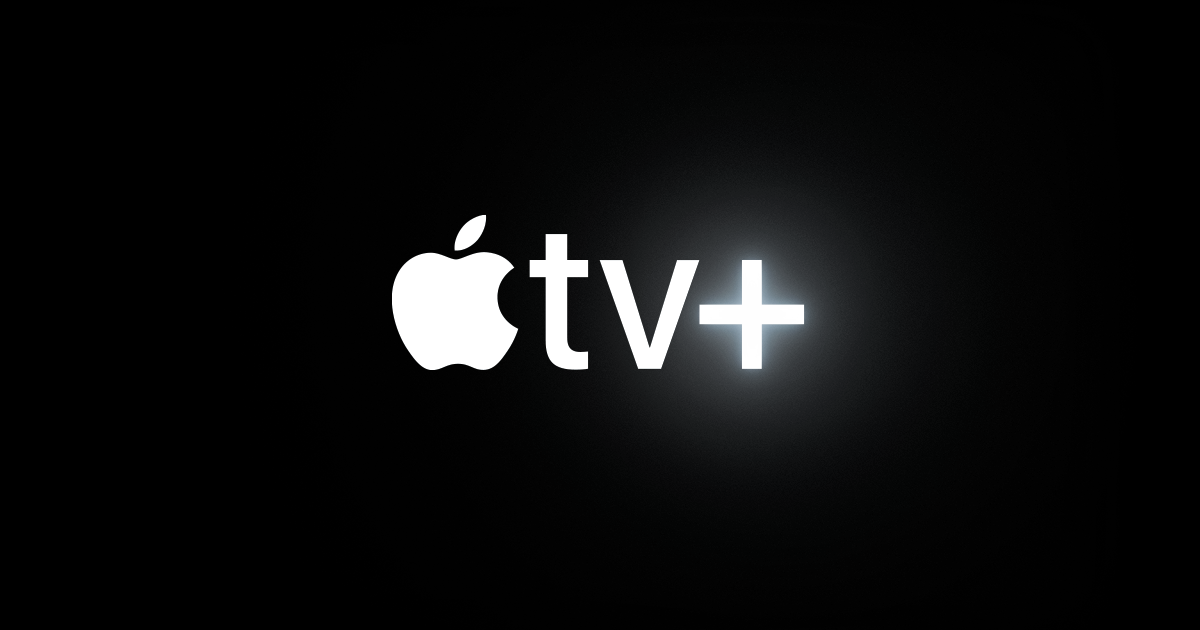Apple’s Worldwide Developers Conference (WWDC), happening June 9-13, 2025, promises a thrilling lineup of updates. This year, the event will highlight three key areas: a bold new look for Apple’s software, smarter AI tools, and better support for app developers.
Apple is set to refresh its operating systems—iOS 19, iPadOS 19, and macOS 16—with a modern, cohesive design. Picture sleeker icons, smoother menus, and a polished style inspired by the airy, transparent vibe of visionOS. These changes aim to make using your iPhone, iPad, or Mac feel more intuitive and visually appealing.
On the AI front, Apple Intelligence is getting a boost. While a major Siri overhaul might wait, expect new AI features in apps like Notes or Photos. Think smarter ways to organize your ideas or touch up images, helping your devices work harder for you.
For developers, WWDC 2025 will roll out fresh tools and resources. Through virtual workshops, hands-on labs, and discussion forums, app creators can dive into Apple’s latest tech. Plus, a lucky few developers and students will join an exclusive in-person event at Apple Park on June 9, watching the keynote and connecting with Apple’s team.
You can catch the keynote live on Apple’s website, the Developer app, or YouTube. With a focus on user-friendly designs and powerful tools, WWDC 2025 is set to show off Apple’s vision for the future. Don’t miss it!








